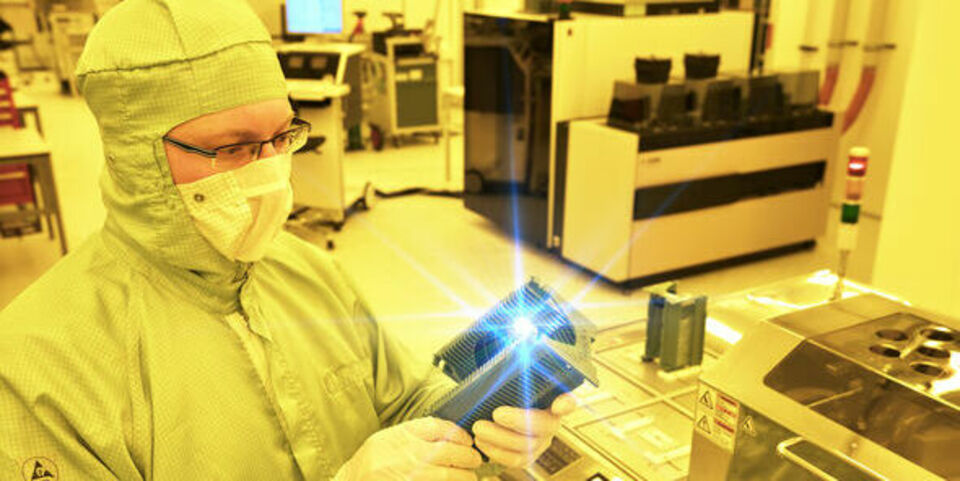Fourth TU/e institute named after top researcher Casimir
The fourth research institute of TU/e that started this afternoon is named after physicist Hendrik Casimir, most famous for his work on superconductivity and quantum physics at Philips Natlab. The Eindhoven Hendrik Casimir Institute (EHCI) will create a unique synergy between the photonics and quantum research at TU/e. Casimirs daughter Gerda was present at the opening of the institute and ASML offered four ‘presents’’ worth 3.5 million euros.
“The trend that the computing power of devices and the number of devices connected to the internet doubles every two to three years can only be sustained with breakthroughs in materials, processes and devices, and integrating these holistically into systems,” says professor Martijn Heck, scientific director of the Eindhoven Hendrik Casimir Institute. The superfast light-driven communication technology of photonics and the calculation magic of quantum technology will see to it that in the future this trend can go on in an energy-efficient way, according to Heck. “The new institute will bring the much-needed real synergy, in order to bring more clear directions for these fields and making the right choices.”
The research at TU/e in these two research fields is of high quality, which is reflected in the multimillion fund from PhotonDelta, in which TU/e plays a leading role, and the investments in Quantumtech, a new lab for quantum research that will open on the TU/e campus in 2023. Heck: “In ten years’ time the institute will make significant contributions to new computing paradigms like quantum and neuromorphic computing, to novel technologies to make communication far more energy-efficient and secure and to compact biosensors for detecting diseases, and metrology sensors with atomic-scale resolution.”
Hendrik Casimir
That the new institute is named after Hendrik Casimir (1909-2000) is no coincidence. He is most famous for his work on superconductivity and quantum physics, most notably the Casimir effect: the phenomenon where two plates placed very close to each other subtly attract each other due to quantum fluctuations. This is analogous to how the two research fields underpinning the institute will be working close together. But perhaps more importantly, because of his role as director of the Philips Research Lab in Eindhoven, Casimir understood better than anyone how fundamental knowledge and new technology are intertwined.
This afternoon his daughter Gerda Casimir was present at the start of the new institute, that was officially opened by her and Robbert Dijkgraaf, director of the Institute for Advanced Study (IAS) in Princeton. Dijkgraaf was also invited to give a lecture at the opening of the new academic year.
Frank Schuurmans, vice-president Research at ASML, presented the new institute four ‘presents’ worth 3.5 million euros. Under which a critical dimension scanning electron microscope (CD-SEM) and a direct laser write lithography system. Both devices will be located in the NanoLab. Furthermore ASML will finance the design of new student labs and will take care of the maintenance of the ASML scanner of TU/e.


Discussion